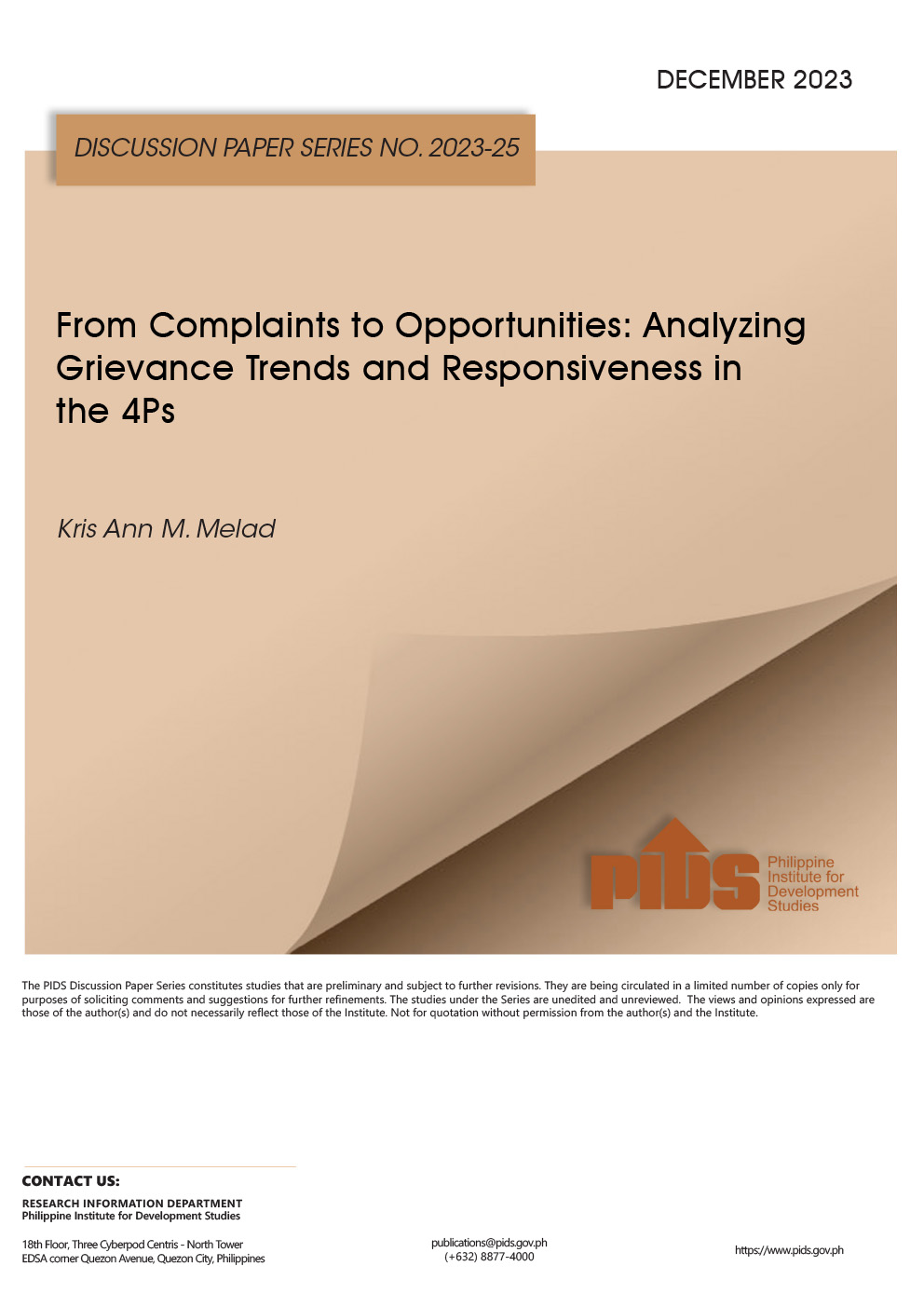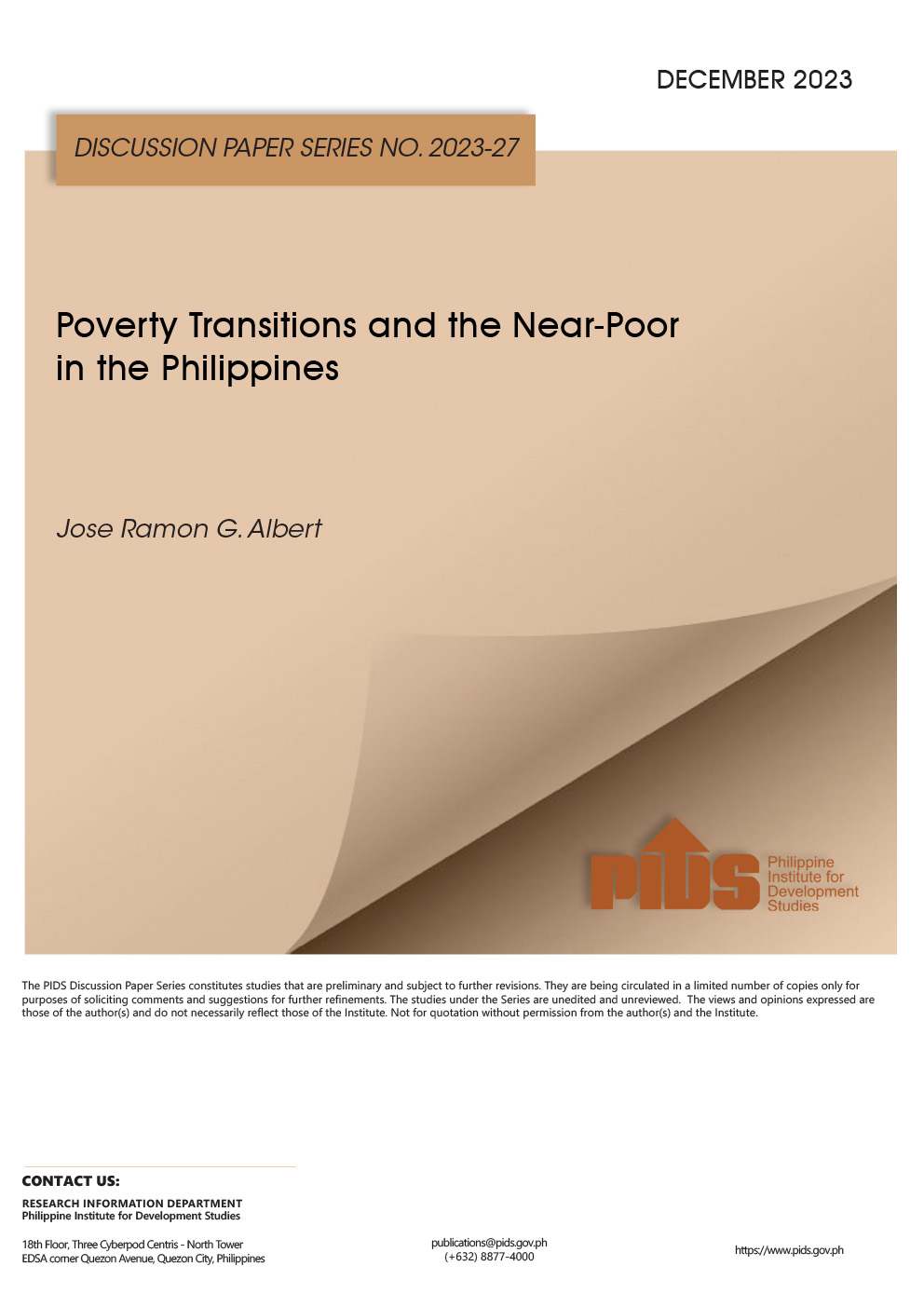The record-high hunger rate that I discussed last week was from the Social Weather Stations Sept. 17-20 national mobile phone survey’s Report No. 2 (9/27/20). It was quickly followed by Report No. 3: “Filipinos worried about catching COVID-19 remain high at 85%” (9/28/20) and Report No. 4: “Large majorities still practice the COVID-19 safety measures” (9/29/20).
This week, SWS issued reports No. 5: “Adult joblessness remains very high at 39.5%” (10/5/20), No. 6: “77% of adult Filipinos consider it risky to go to the market, 69% consider it risky to attend religious services; 68% of those with jobs consider it risky to go to their place of work” (10/7/20), and No. 7: “Filipinos stressed by the COVID-19 crisis remain high at 86%” (10/8/20).
The reports are all at www.sws.org.ph. Their numbering serves to remind users that they are all from the same survey, fielded in September. We know from experience that combining many survey items into one comprehensive report will result in only a few of them appearing the next day in the media. The other items, whatever are judged by media editors as not the most “newsworthy,” will be set aside. This will work against our institutional objective to bring a full reading of the current social weather to the attention of the general public. Reporting survey findings one topic at a time is an effective way to do this.
The SWS reports of 2020, since resumption of our survey work in May, all show extreme suffering among the Filipino people. All-time record numbers are going hungry. The adult joblessness rate of 39 percent in September was hardly any relief from the 45 percent in July. Very large majorities cannot leave their homes to go to work, to buy essentials, and to worship, without great fear of being infected with the deadly virus.
The subject matter is SWS’ choice. We do not search for bad news; it is common sense to prioritize the lessening of suffering over the achievement of pleasure. It is socially more important to attend to the needs of the poor ahead of the needs of the middle class. It is not by chance that the first two Sustainable Development Goals of the United Nations for 2030 are worded as NO POVERTY and ZERO HUNGER, i.e., as avoidance of suffering.
The government has its own priorities in producing statistics. In this time of the COVID-19 pandemic, it has been catering to the concerns of its health sector, with daily reporting, down to local levels, on numbers of confirmed cases, recoveries, active cases, deaths, and tests. Everyone is focused on “flattening the curve.”
But what about the generation of data on other types of suffering? It was only in the last meeting of the Inter-Agency Task Force on Zero Hunger that I learned that the government has no plans to survey hunger in 2020, and is relying instead on the SWS hunger figures (see my 10/3/20 column).
Neither does the government feel any urgency to survey poverty, as I discovered by attending the 10/8/20 webinar, “Poverty the Middle Class, and Income Distribution amid COVID-19,” by Jose Roman G. Albert of the Philippine Institute for Development Studies. Dr. Albert and his PIDS colleagues did a mathematical simulation of the effects of the pandemic on poverty, by applying alternative economic assumptions to a baseline drawn from the government’s 2018 Family Income and Expenditure Survey (FIES).
In response to my direct question, Dr. Albert said he did not know of any plan to diverge from the present schedule to do the next FIES in 2021. This means that, just as the official estimate of 2018 poverty was only done by 2019, the next official report on poverty will refer to 2021, and will not be ready until 2022.
For its part, SWS will resume its quarterly series on Self-Rated Poverty with its next national survey, to be done by face-to-face interviews later this year.
Related Posts
Publications
Press Releases
Video Highlights
[No related items]
Infographics
[No related items]





